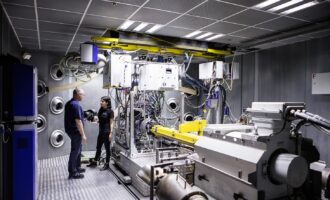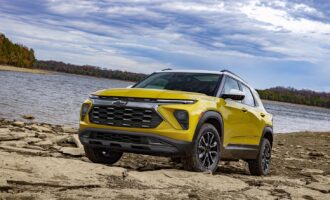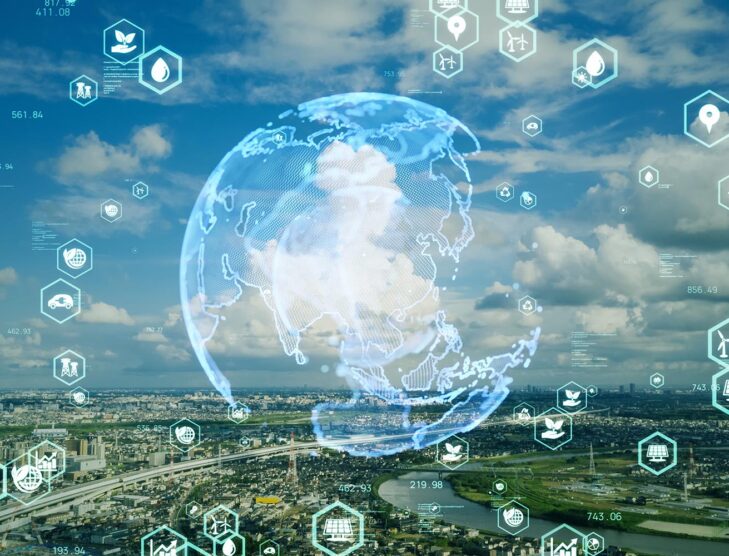
Avoided emissions from tribology and sustainable lubricants
By Dr. Mathias Woydt, MATRILUB, and Dr. Raj Shah, Koehler Instrument Company
The consequences of friction are abundantly present in today’s world, but remain invisible. Friction produced from any interacting surfaces in motion not only wastes energy but also creates wear. Wear inevitably generates waste streams and fuels material hunger, further straining limited and/or scarce resources. Any resource consumed has an embedded carbon footprint, which comes on top of frictional losses.
The interplay of friction, wear, and lubrication known as tribology is an important, but hidden aspect of human activities.
The growth in the human population and its wealth have significant implications for our resource demands on nature. If we are to avoid exceeding the limits of what nature can provide while meeting the needs of our growing human population, consumption and production patterns must be fundamentally re-structured as well. The same is valid for our business models, from which growth has to be decoupled from consumption.
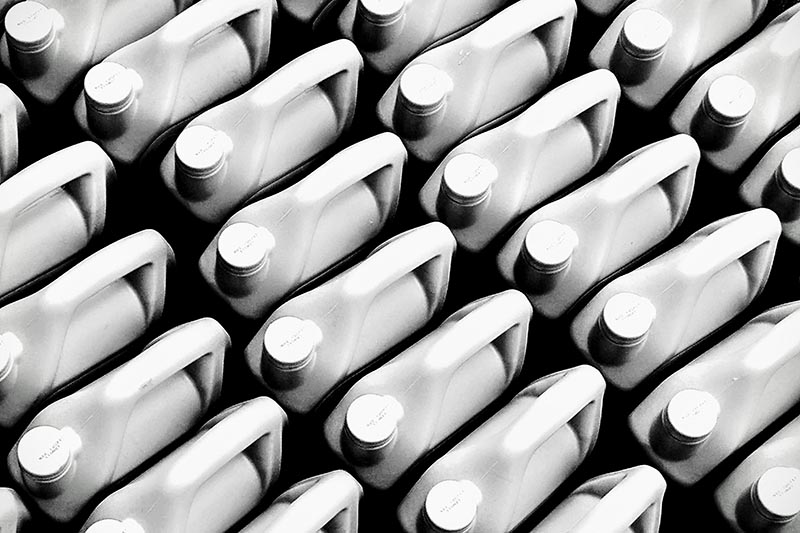
The proper application of tribology, or the careful selection of lubricated surfaces to reduce the amount of friction, can be utilised to save several gigatons per annum (p.a.) of carbon dioxide (CO2) without losing functional values in use. Subsequently, this reduction would proportionally reduce wear on the surfaces involved—allowing for increased longevity of the products and goods involved. Taking both together, friction reduction and longevity can reduce CO2 emissions by getting more use out of the same amount of resources. Proper lubrication, condition monitoring, reparability or wear resistant materials/coatings all help to minimise friction and to extend longevity.
In this article, we discuss the calculated savings from avoided emissions, or so-called Scope 4, to which low-carbon tribology can significantly contribute.
Friction and wear occur everywhere and anytime along the value chain. According to Holmberg and Erdemir1 as well as others2,3, out of all total primary energy, 20-33% are absolutely lost due to friction.
Scope 4: Avoided emissions
The Greenhouse Gas (GHG) Protocol does not yet address avoided emissions. Scope 1 covers direct emissions from owned or controlled sources. Scope 2 covers indirect emissions from the generation of purchased electricity, steam, heating and cooling consumed by the reporting company. Scope 3 includes all other indirect emissions that occur in a company’s value chain.
In November 2013, the World Resources Institute (WRI) proposed a definition for Scope 4 emissions. “Avoided emissions are emission reductions that occur outside of a product’s life cycle or value chain, but as a result of the use of that product. Examples of products (goods and services) that avoid emissions include fuel-saving tires, energy- efficient ball-bearings etc. Other terms used to describe avoided emissions include climate positive, net-positive accounting and Scope 4.”
This definition clearly includes as examples “fuel-saving tires and energy-efficient ball-bearings“ which are tribological actions. It is an entirely new category that falls outside current agreed protocols. It is also a relatively new concept. Scope 4 emissions describe emissions that can be avoided through a product or a service. Avoided emissions are often referred to as being caused by the enabling effect of a technology or solution, e.g. low-friction lubricants or coatings. A solution enables the same function or performance with significantly less GHG emissions. Conversely, a lubricant offers the same anti-wear and extreme pressure functionalities with significantly reduced friction, which saves in-use phase GHG emissions.
Such Scope 4 reporting is of considerable importance for tribology and lubricants in order to develop and promote low-carbon, e.g. low-friction and long-lasting products, which may be referred as sustainable lubricants.
The monetary value of avoided emissions
The economic balance sheet for investments in low-carbon tribology depends on the value of saved energy and/or CO2 allowances, which are monetised as savings either in CO2 allowances or simply as costs for energy or resources.
The Avoided Emissions Framework4 reinforces the importance of the in-use phase. Offsets or carbon credits are generic terms used to assign a value to a reduction or avoidance of greenhouse gas emissions achieved by a certified project. A carbon credit can be traded or used to compensate for the carbon footprint.
Reaching net zero requires more than just reducing emissions. To account for processes that will be exceptionally difficult to decarbonise completely, we have to remove greenhouse gases from the atmosphere.5 Negative emissions technologies (NETs), also known as Greenhouse Gas Removal (GGR) technologies, allow us to do that. Traditionally, NETs only look at GHG removal after emission, whereas tribology helps to save GHG in the use phase.
Carbon pricing (or CO2 pricing), also known as cap and trade (CAT) or emissions trading scheme (ETS), is a method for nations to reduce global warming.6 Carbon pricing seeks to address the economic problem that emissions of CO2 and other greenhouse gases are a negative externality — a detrimental product that is not charged for by any market. The cost is applied to greenhouse gas emissions in order to encourage polluters to reduce the combustion of coal, oil and gas—the main driver of climate change. A carbon price usually takes the form of a carbon tax or carbon emission trading, a requirement to purchase allowances to emit.
If CO2 allowances will be the currency of the future, then an enabling technology, such as tribology, should be considered as well.
The carbon price corridor in Europe ranged in 2020-2021 between EUR40-80 (USD42-85)/tCO27 with an all-time high on February 8, 2022 of EUR98.88 (USD105)/tCO2 for European Carbon permits (ETS). The 2022 California carbon allowance price ceiling sale was USD72.29/tCO2, but ranged in 2021-2022 between USD17-32/tCO2. The think tank “France Stratégie” projects values of costs for abating greenhouse gases by enabling technologies for 2030 at around EUR250 (USD266)/tCO2 and for 2040 at EUR500 (USD532)/tCO2.
From a long-term perspective and for future investments, NETs with costs of USD100 per ton of CO2 or slightly above should be considered. The additional costs for developing and implementing tribological NETs solutions must compete with this amount.
Lubricants are basically petrochemical, non-energy products and so long as they are not burned or thermally valorised will significantly impact the total expected lifetime CO2 equivalent (CO2eq) emissions from irreversible frictional losses and limited machine longevity. With properly formulated functional lubricants, premature machine failures could be avoided, thus extending equipment life, and preventing the excess consumption of metal/mineral resources with embedded CO2eq from frictional losses.
More efficient vehicles
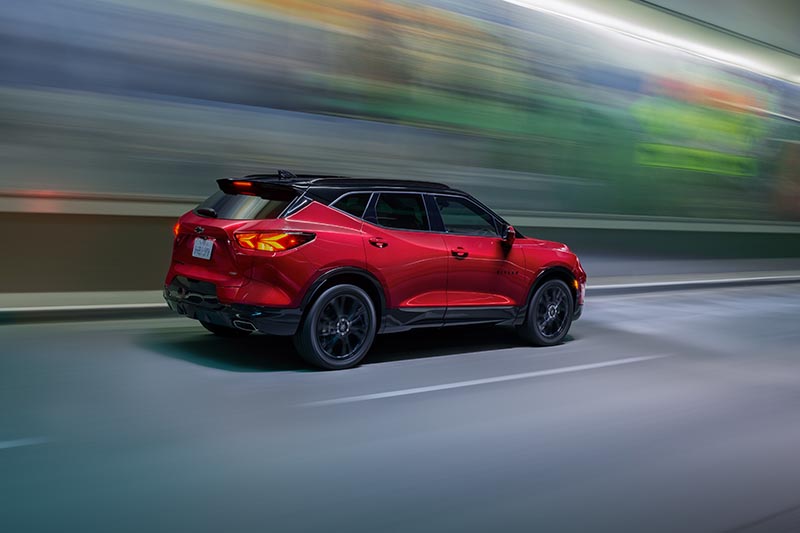
Around 80±5% of cradle-to-grave emissions from road vehicles8 were emitted during the use phase (Scope 3) by combusting fossil fuels or in the case of electric/hybrid drivetrains from electricity generation.
The German cross-sector research consortium called the “Low friction power train”9 determined various combinations of measures, which achieved 12.1% as the maximum possible reduction in fuel consumption through friction reduction for a gasoline engine. The calculation was based on a Mercedes C-Class with mechanically supercharged 1.8 liter gasoline internal combustion engine (M271 KE) and manual transmission. The potential fuel savings were 0.945 L/100 km (or range extension of 3.6 miles) out of 7.81 L/100 km (30.1 mpg), which was equivalent to 2.249 kg CO2/100km. The monetary CO2 value of these tribological measures to reduce friction over 160.100 km (mean gasoline car life in EU27) comes to EUR180 (USD191) based on EUR50 (USD53)/tCO2. On the other hand, the monetary value of the saved fuel is 1,512 liters times the fuel price, which is more than 10 times the actual monetary CO2 value.
Combining both estimates, the conclusion is that 9.6±0.6% of the Scope 3 CO2 life-cycle emissions of category 11 of road vehicles can be saved on average by reducing friction. The span in lifecycle GHG emissions of road vehicles range between 40-65 tons CO2eq during 200,000 km of operations. The monetary value of a tribological measure to reduce friction comes to EUR192-312 (USD204-332) based on EUR50 (USD53)/tCO2. It must be mentioned that any reduction in friction increases the range of electric vehicles.
Deep groove ball bearings
Bakolas et al.10 estimated that energy losses during the use phase of the widely used deep groove ball bearings can be as high as 96 to 152 TWh of electricity per year, out of 23,845 TWh globally (2019). This assumes 20% energy savings from lower friction, with the use of friction-optimised standard ball bearings. Combining the saved 96 TWh to 152 TWh with the global emission factor for electricity (2019) of 475 grCO2eq/kWh or 275 grCO-2eq/kWh for EU27 calculated with a monetary CO2 value of EUR50 (USD53)/tCO2, the global monetary savings of CO2 allowances could reach EUR1.32 to 3.61 billion (USD1.25 to 3.8 billion) globally. On the other hand, the saved electricity has a value of between EUR28.8 and 45.6 billion (USD30.3 to 48 billion), based on an electricity price of EUR0.30 (USD0.32)/kWh.
Dynamic seals
A friction-optimised mechanical face seal reduces friction by 0.5 to 1.0 grCO2/km11 in a 1.6 liter passenger car with double-clutch versus a standard PTFE crankshaft seal. Assuming a lifetime operation of 200,000 km, CO2 savings can range between 100-200 kgCO2. The monetary value per seal in the use phase comes to EUR5-10 (USD5.33-10.65), based on EUR50 (USD53)/tCO2. With emission factors of 2.317 kgCO2/L gasoline and 2.714 kgCO2/L diesel, results in 43.1-73.7 L fuel times the national fuel price, which is significantly higher than the monetary savings in CO2 allowances.
Low-rolling resistance tires
The life cycle analysis by French tire manufacturer Michelin shows that more than 92.6% of the environmental impacts come from the use phase of the tire through rolling resistance. A rolling resistance optimised summer tire saves up to <0.21 L/100 km or 4.872g CO2/km in a passenger car (VW Golf VII, MY2020, 1.5 TSI)12. During the tire’s 35,000 km lifespan, up to 170 kg less CO2 is emitted. The monetary value of a low-rolling resistance tire in the use phase comes to EUR8.50 (USD9.05), based on EUR50 (USD53)/tCO2. The reduction in rolling resistance of up to 27% also improves the energy efficiency of an electric vehicle (EV), thereby increasing its range by up to 7%, or about 30 km for a VW e-Golf with a range of 400 km, compared with a comparative tire with EU efficiency class “A”.
A total of 73.4 liters of gasoline can be saved and 170 kg less CO2 is emitted in a gasoline vehicle based on an emission factor for gasoline of 2.317 kgCO2/L. This monetary benefit, depending on prevailing national fuel prices, is around one order of magnitude higher than the savings in European carbon permits.
The monetary value of savings through tribological measures
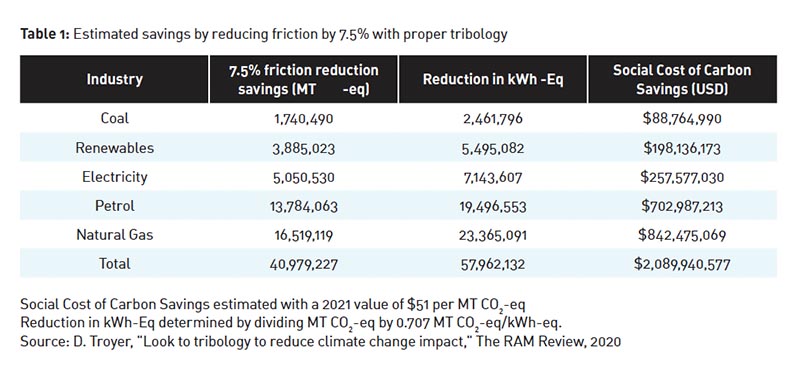
Let’s now compare the tribological savings from electrical energy savings with the associated monetary values of avoiding carbon allowances.
The prices for EU Carbon permits in 2022 ranged between EUR60-98 (USD63-104)/tCO2 times the emission factor of the energy mix of 0.275 tCO2/MWh in EU27 and 0.401 tCO2/MWh in Germany. This is equivalent to a monetary CO2 value of between EUR16.5 to 39.3 (USD17.5 to 41.8)/MWh. If one looks at the savings in electrical energy, the average costs for electricity in the first half of 2022 in Germany were EUR330.2 (USD351.7)/MWh for industry and EUR371.4 (USD395.6)/MWh for households.
Thus, efforts in reducing the consumption of electrical energy are between 10 and 20 times more economically beneficial than the costs from CO2 allowances. This evaluation will change, if the long-term forecast of “France Stratégie” becomes reality.
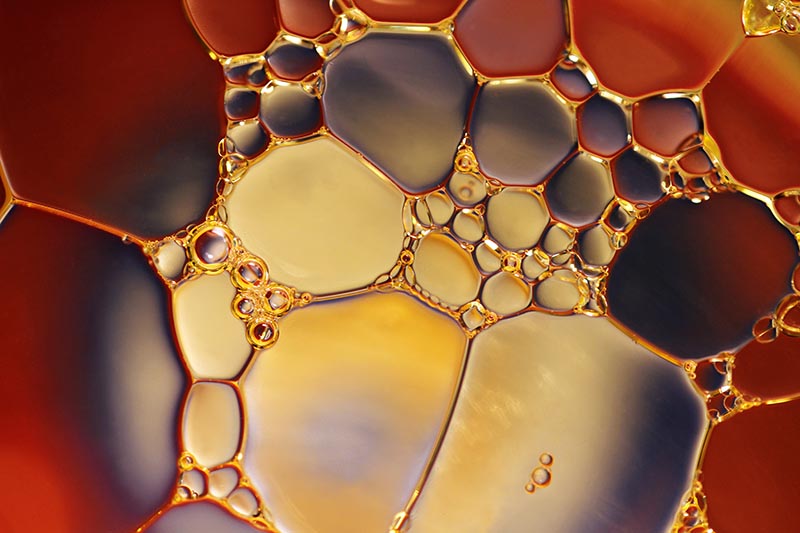
The cost of charging electric vehicles can vary by region, type of charger and time of day, as well as the driving range of each model. To properly compare prices and savings between EVs and gasoline vehicles, let’s compare the ratio of car range in miles over range per kilowatt hour (kWh) of electricity, multiplied by the cost of electricity in kWh, or (car range (CR)/range per kWh (RPK))* cost per kWh (CPK) = cost to charge13.
Given a national average cost of USD0.14 per kWh and a conventional driving range of 360 miles, the average cost to fully charge an EV would be USD16.80.14 This calculation changes when you consider that the average costs for electricity in the first half of 2022 in Germany were EUR0.330 (USD0.35)/kWh for industrial customers and EUR0.371 (USD0.4)/kWh for residential customers.
The U.S. emitted around five billion tons of CO2 p.a. in recent years, of which ~1.6 billion tons of CO2 p.a. came from electric power generation. According to the Advanced Research Projects Agency-Energy (ARPA-E) up to 24% of primary energy can be saved, if all possible tribological measures are implemented. Assuming conservative reductions of 7.5% by friction on electric power generation by applying proper tribology, nearly 120 million metric tonnes (MT) of CO2eq can be saved from being emitted into the environment. The Interagency Working Group estimated the social costs of carbon from friction reduction on electric power generation in 2020 at USD6.1 billion, based on USD51 per MT of CO2eq.
Conclusions
Friction reduction and longevity can help avoid greenhouse gas emissions in the use phase or Scope 3. Tribology and lubrication sciences should be considered as carbon dioxide removal sinks and compete by GHG savings with other carbon dioxide removal sinks or NETs. The prices for carbon allowances are far too low in order to justify investments in NETs, such as reducing friction and extending longevity. In light of rising energy costs, investments in tribological solutions represent a hidden business case when targeting savings in costs of energy and resources.
Tribology and lubrication are both technology-based approaches to help reduce carbon dioxide and greenhouse gases. Friction reduction and longevity must be seen as NETs under future Scope 4 principles. Measures to reduce friction and extend service life must be included in the emissions trading system and tribology must be eligible for CO2 allowance allocations.
References
1 K. Holmberg and A. Erdemir, Influence of tribology on global energy consumption, costs and emissions, Friction, Vol. 5, p. 263–284 (2017).
2 P.M. Lee and R. Carpick (eds.), Tribology opportunities for enhancing America´s energy efficiency – A report to the Advanced Research Projects Agency, 14th February 2017, U.S. DoE.
3 M. Woydt, T. Gradt, T. Hosenfeldt, R. Luther, A. Rienäcker, F. Wetzel and C. Wincierz, Interdisciplinary technology for the reduction of CO2-emissions and the conservation of resources, German Society for Tribology, September 2019.
4 A. Stephens and V. Thieme, Towards >60 gigatons of climate innovations. Module 2 – The Avoided Emissions Framework (AEF), September 2020.
5 William Nicolle, “Four negative emission technologies (NETs) that could get us to net zero,” Policy Exchange, December 2020.
6 Carbon pricing assessment and decision-making: A guide to adopting a carbon price, The World Bank, 2021.
7 State and Trends of Carbon Pricing 2021. World Bank, May 2021.
8 M. Woydt, E. Bock, V. Bakolas, C. Wincierz, T. Hosenfeldt, R. Luther, “Effects of tribology on CO2 emissions in the use phase of products – Contributions of tribology to decarbonization,” German Society for Tribology, February 2023.
9 K. Michaelis, J. Geiger, K. Moser, Stahl. K., J. Beulshausen, S. Pischinger, Low Friction Powertrain, Final report of the research cluster, “Low Friction Powertrain,” 2013.
10 V. Bakolas, P. Roedel, O. Koch and M. Pausch, “A first approximation of the global energy consumption of ball bearings,” Tribology Transactions, 2021, Vol. 64, No. 5, p. 883–890.
11 N.N., Gas-lubricated mechanical face seals reduce CO2 emissions, White paper, Freudenberg Sealing Technologies GmbH & Co. KG.
12 The eco-responsible MICHELIN e.PRIMACY tire made to last, November 2020.
13 J. Rodriguez, How Much Does It Cost To Charge an Electric Car?, November 2022.
14 U.S. Energy Information Administration, Electric Power Monthly.





